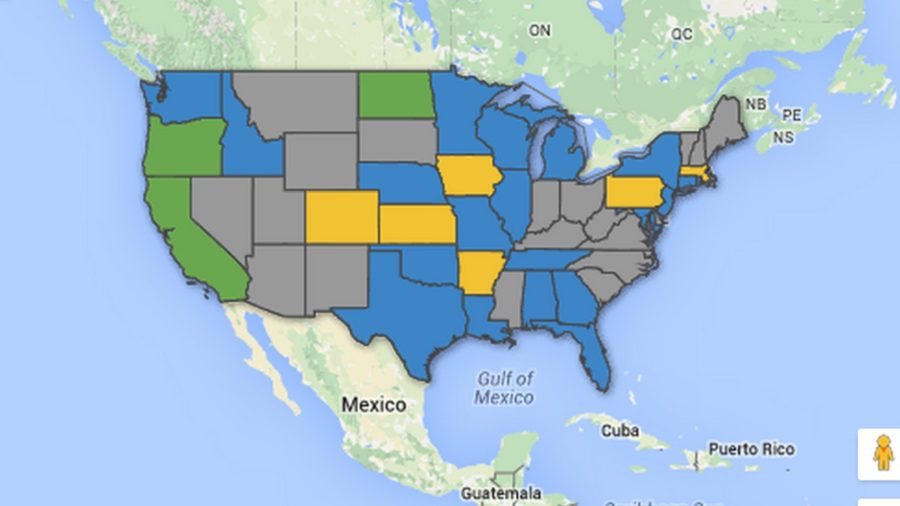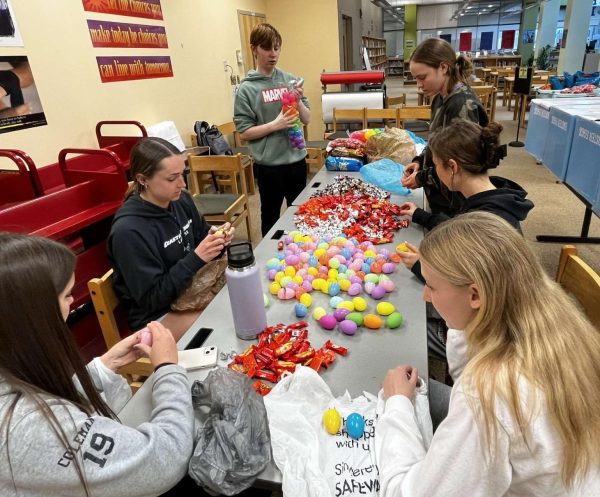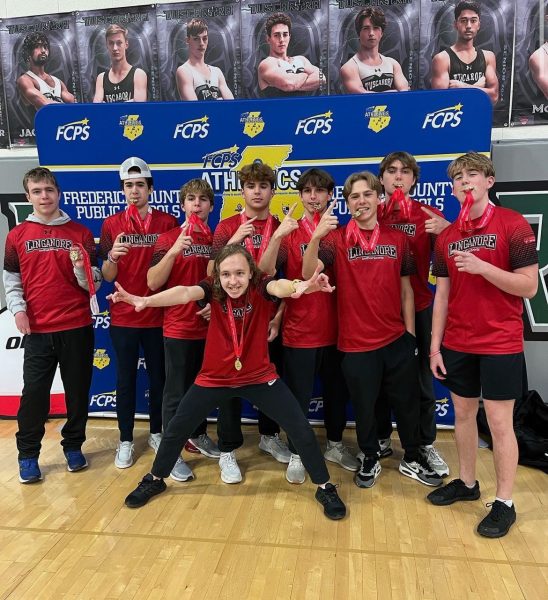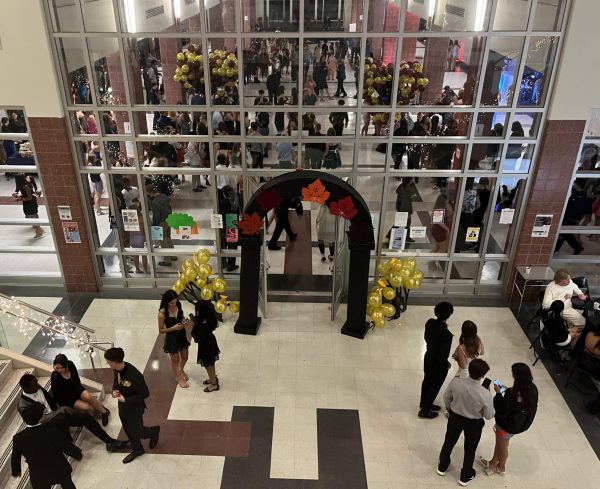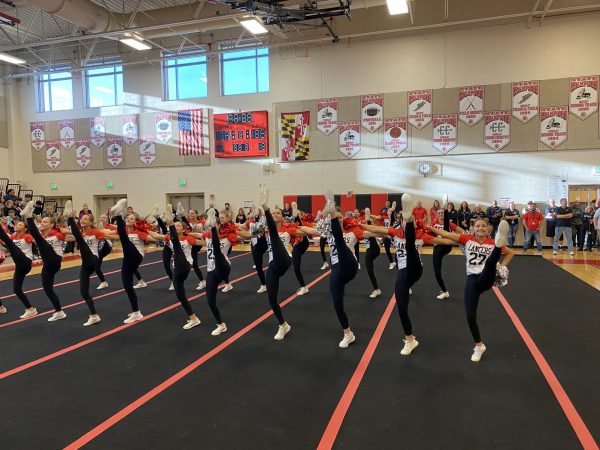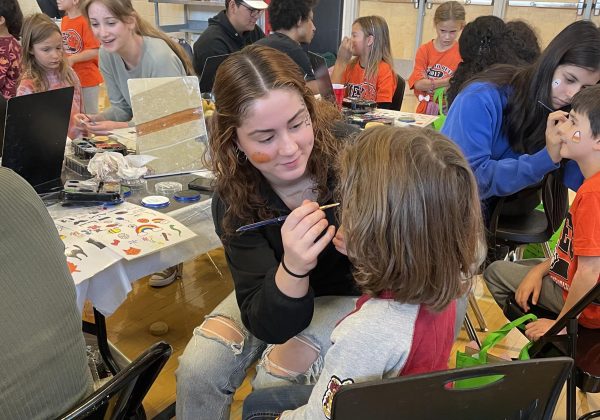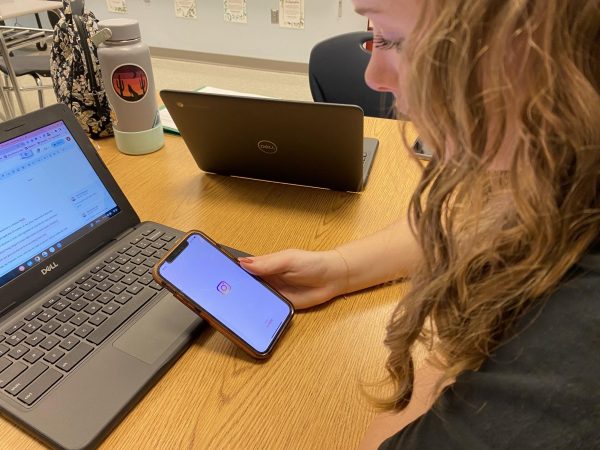Student journalists gets ‘New Voice’ with Maryland legislation
graphic courtesy of New Voice USA
Green State- Colleges and high school have added restrictions on administration censorship Yellow- Only high schools have added restrictions on censorship Blue- There is a campaign to get freedom of speech Grey- Neither college or high school has added protection against restrictions
May 9, 2016
Maryland has now joined many states with the “New Voices” bill that has made it through the State Senate. The Maryland House had an overwhelming 130-6 vote to pass the new legislation. It will need to be signed by Governor Hogan and then go into effect on October 1, 2016.
The New Voices Bill allows for journalism students to exercise freedom of speech and freedom of the press in school-sponsored media. If a student journalist is trying to exercise his or her freedom of speech or freedom of press, then the student will not be subject to administrative censorship.
Under the New Voices Bill, student journalists are classified as a those who, “gather, compile, write, edit, photograph, record, or prepare information for dissemination in school-sponsored media.” They will be considered equal to professional journalists–that can be both positive and negative. It is an increased responsibility on the student to “get it right.”
There are limitations that reflect good journalism practice. Materials can be censored if they are:
- Libelous or slanderous
- Constituting an unwarranted invasion of privacy
- Violating Federal or state law
- Inciting students to create a clear and dangerous present of the commissions of an unlawful act
In 1988, the Supreme Court ruled 5-3, that high school administrators could censor school newspapers. In the Supreme Court case Hazelwood School District v. Kuhlmeier, Journalism 2 students were in charge of submitting articles for publications. Two of the articles contained stories about divorce and teen pregnancy. Each story contained personal information about students at the school. The school principal decided that these stories could not be published because he felt as if the articles were not suitable for children. The student journalists decided to sue saying that their First Amendment rights had been violated.
The court ruled in favor of the school district, stating that school principals have the right to censor their school newspapers. The Court believed because the paper was school-sponsored the school had a legitimate interest in preventing the publications of certain articles. In the end, journalism students’ right to free speech was limited.
Lucy Dalglish, Dean of the Philip Merrill College of Journalism at the University of Maryland supported the legislation in North Dakota. In an article published on the New Voices website, she said, “In journalism, the more they behave like professionals, the more trouble they get into,” she said. “It’s really not fair.”
Mrs. Natalie Rebetsky, student adviser of The Lance, said, “In 28 years of being the newspaper sponsor, I may have had to stop publications of one or two stories, but it was always a case of potential libel or slander and not a case of unprofessional students.” If the students and the teacher have strong staff policies, there is less of an issue.
The SPLC, Student Press Law Center, advocates for student journalist First Amendment rights. They are the only legal agency that is exclusively devoted to high school and college student journalists. They strongly support these bills.
Some executives are expressed concerns, though. John Woolums, the director of governmental relations for the Maryland Association of Boards of Education, wrote in his testimony, “It makes the authority of the school system far too narrow.”
He was expressing concern about how far students will push the envelope.
This bill is apart of the national movement of to recognize student voices. Twenty other states are joining the fight in allowing for student journalist’s freedom of speech.


